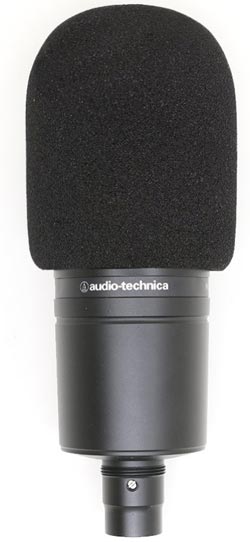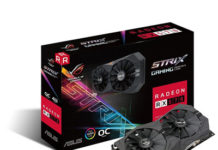 Wind screens are generally preferred for outdoor and on-stage use, but can have a role in studio use, for some as well. In this article, I will compare them to Pop Filters:
Wind screens are generally preferred for outdoor and on-stage use, but can have a role in studio use, for some as well. In this article, I will compare them to Pop Filters:
Form Factor
Wind screens take up less space, are easy to install and are more portable than pop filters.
Outdoor Usage
Wind screens, of course. They protect against winds from all directions.
Adjustability
Pop filters allow more room to customize since you can adjust the distance of them via the neck. This adds the additional benefit of allowing the vocalist to set a boundary line of how far from the mic they should be recording.
Compatibility
Most pop filters are installed on the mic stand. As a result, they will work with a wide variety of different mics. A wind screen is placed on the head of the microphone itself, it may not work as well on microphones that are larger/smaller/differently shaped than the microphone is was designed for. If you have (or plan on using several mics) a pop filter will be more versatile.
Protection Against Popping
A wind screen can make a meaningful difference in reducing pop noises, but pop filters often do a better job. Why? Because the pop filter is set up further from the microphone and blasts of air are given more room to dissipate. Larger wind screens can generally offer more protection against popping.
Sound Fidelity
Compared to pop filters, wind screens tend to dampen high-pitched sounds a little bit more. Some will view this as a beneficial quality because it makes the voice sound more sober, grounded and relaxed. Pop filters offer more sound fidelity overall.
Two last additional points:
1) Having both a wind screen and a pop filter would probably be unnecessary for most people. If you already have one, buying the other is not absolutely imperative, but you may want to have one of each just to see which you prefer.
2) If you can’t afford a wind screen at the moment (or are waiting to receive it in the mail), you can try out a sock as a temporary make-shift wind screen.



